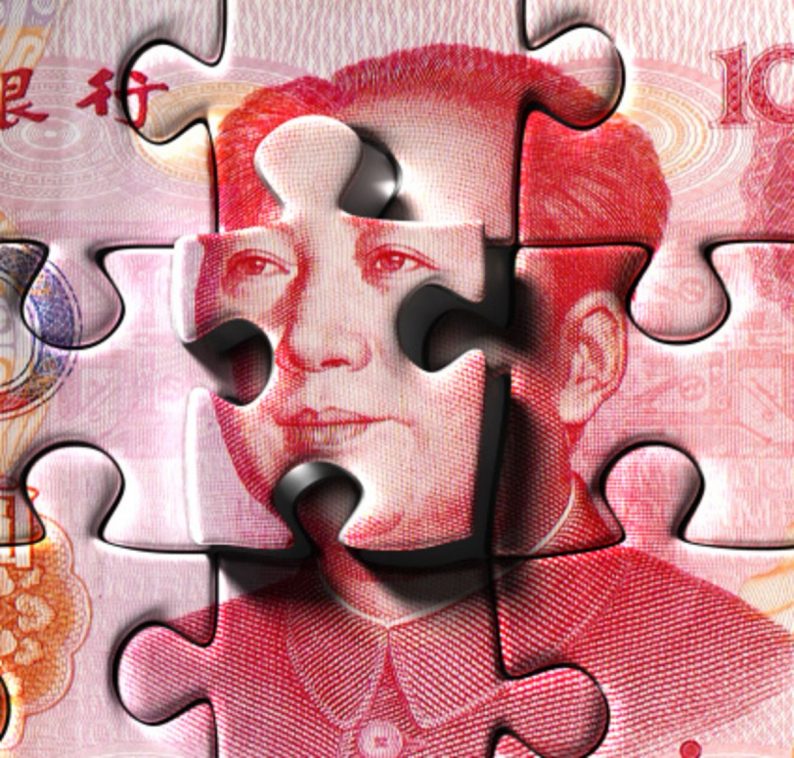A basic building block of matter, electrons, are so complicated that it is recognized that by deciding to measure the speed, one cannot determine location, and if one tries to measure location, speed is indeterminant. The principle was applied to Europe during the crisis. If investors acting as if the eurozone was going to break, it would. Perhaps, the principle applies to US-Chinese relations now.
America seems of two minds. On the one hand, many fear that China’s version of state capitalism or authoritarian capitalism has economic advantages over the US. It can also harm the US through competitive devaluation of the yuan and by selling Treasuries (and other securities). Through its One Belt One Road and the Made in China 2025, it combines a foreign infrastructure investment program with an emphasis on exports and import substitution, it is challenging the US dominance.

On the other hand, many investors see a highly-levered financial system that is springing various leaks. The lack of transparency coupled with chronic moral hazards makes for an unfriendly investment climate. The One Belt One Road effort is plagued with corruption and is aggravating the indebtedness of many developing countries. China is incurring animosity as it takes possession of the collateral, which as was the case in Sri Lanka, was a major port (concession was a 99-year lease–shades of Hong Kong). Domestically, China’s economy is slowing down and given the poor demographics, the country is older faster than it is becoming rich.
Many American critics are reluctant to recognize the large strides China has taken in recent years. First, on the macro level, China’s current account surplus has been dramatically reduced. In 2007, it was at 10% of GDP. Last year, it was about 1.3% of GDP. Of course, this is using Chinese data, and many economists think that officials under-estimate the current account surplus. Still, even private sector estimates see a dramatic decline in China’s surplus. There has been an important reduction of this source of global imbalance.









Leave A Comment